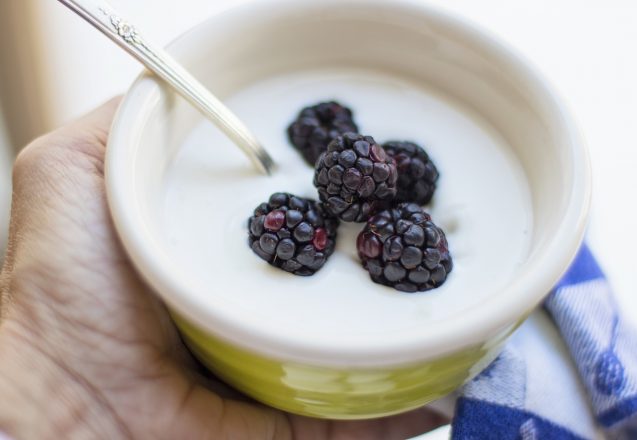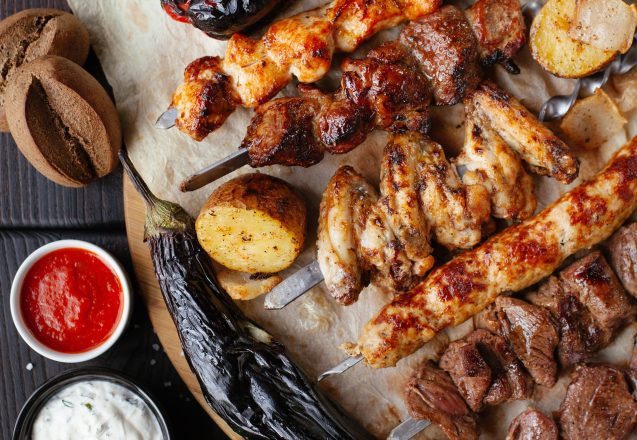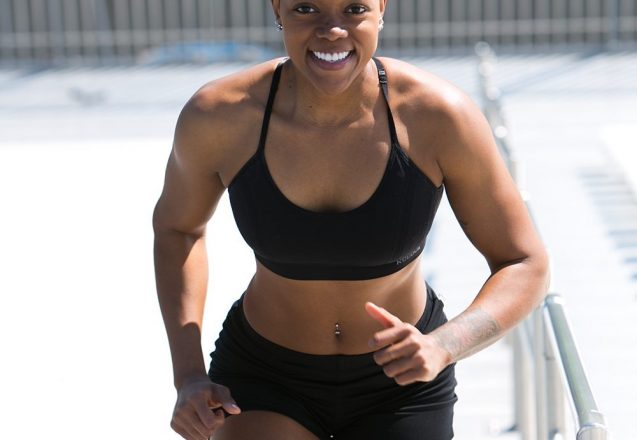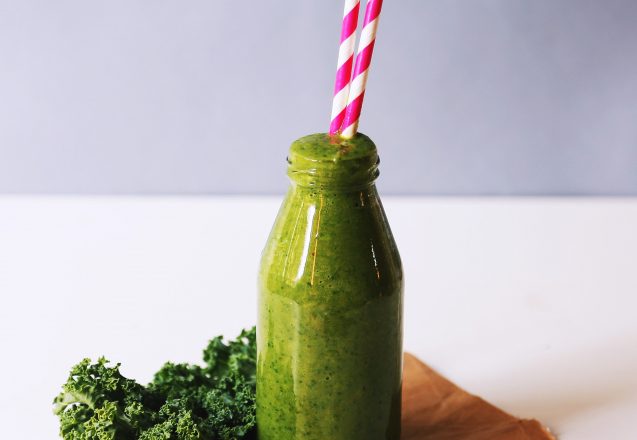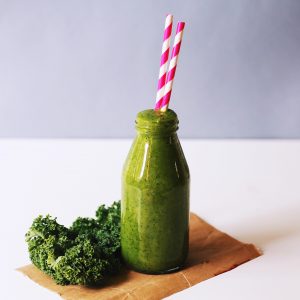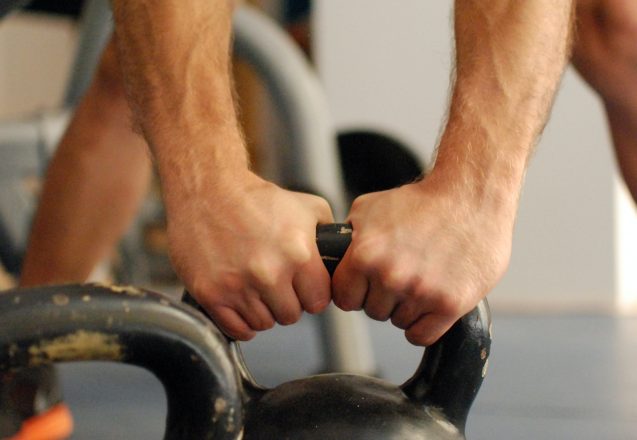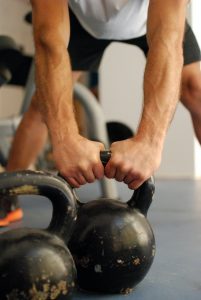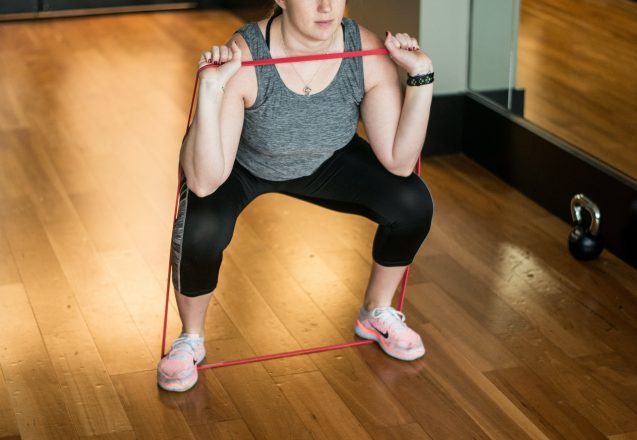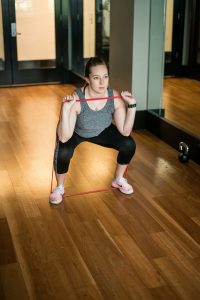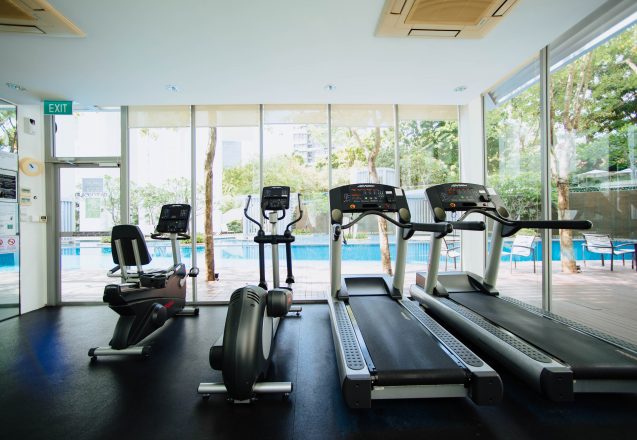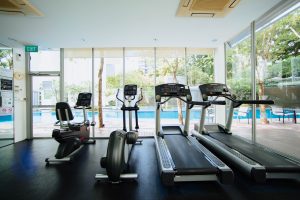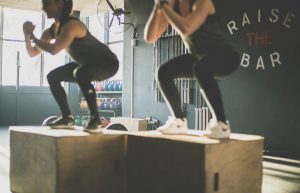Foods That Are Good For Your Gut
 It’s important to make sure you have good gut health. It affects all parts of your body. Eating the right foods can be good for your gut. While gut health is important, it’s often overlooked and one of the most ignored areas of health. What does it take to improve your gut health? It starts with a healthy diet that contains foods with both soluble and insoluble fiber, low or no added sugar and even some probiotic foods, such as yogurt or kim chi. Exercise also promotes gut health.
It’s important to make sure you have good gut health. It affects all parts of your body. Eating the right foods can be good for your gut. While gut health is important, it’s often overlooked and one of the most ignored areas of health. What does it take to improve your gut health? It starts with a healthy diet that contains foods with both soluble and insoluble fiber, low or no added sugar and even some probiotic foods, such as yogurt or kim chi. Exercise also promotes gut health.
It’s all about having the right balance of healthy bacteria.
Food with soluble fiber is ultimately important for gut health. Soluble fiber mixes with water to create a gel-like substance. This substance leaves the small intestine, where it goes to the large intestines. It becomes short-chain fatty acids through fermentation, which feeds the healthy bacteria. Good bacteria boosts your immune system, helps your brain, aids in digestion, helps weight loss and provides many other benefits. Some people believe that good health starts in the gut.
Some foods benefit gut health and others make it worse.
When you think of gut health, always consider the health of the microbes. There are as many as 1000 different types of microbes, with 30 to 40 being the most prominent. You have trillions of microbes throughout your body and eating to encourage ones that make you healthier is the goal. Fiber is one of the things you can eat to do that. Foods high in soluble fiber that feed the microbes include oats, nuts, seed, beans, apples and berries. Eating food high in sugar encourages unhealthy bacteria to grow, killing the healthy ones.
Other food that boosts gut health include fermented food.
Eating fermented food, like kimchi, sauerkraut, live culture yogurt and kifir can help improve your gut health. They provide healthy bacteria to boost your digestion and healthy microbes. These are probiotics and soluble fiber that feeds the healthy bacteria is a prebiotic. Some foods that are prebiotic are asparagus, bananas, garlic, Jerusalem artichoke and dandelion greens.
- While antibiotics may be important for your body if you have an infection, they can also kill friendly bacteria in your gut and cause digestive problems. Always eat probiotic food if you’re taking an antibiotic.
- Whole foods are better for gut health than processed food. Whole foods tend to have more fiber. Organic food is also healthier because it doesn’t have chemicals that can prove toxic to your body and gut health.
- Good gut health can help you lose weight. Studies show that the good bacteria influence how foods are digested, can reduce inflammation that contributes to weight gain and trigger the production of chemicals that increase the satiety hormone so you eat less.
- While sugar isn’t good for gut health, neither are artificial sweeteners. They reduce the beneficial bacteria in the intestines, which can cause diarrhea. Trans fats and unhealthy fats also are bad for gut health.
For more information, contact us today at One Love Fit Club
 13609 Central Ave, Ste E Chino, CA 91710
13609 Central Ave, Ste E Chino, CA 91710


